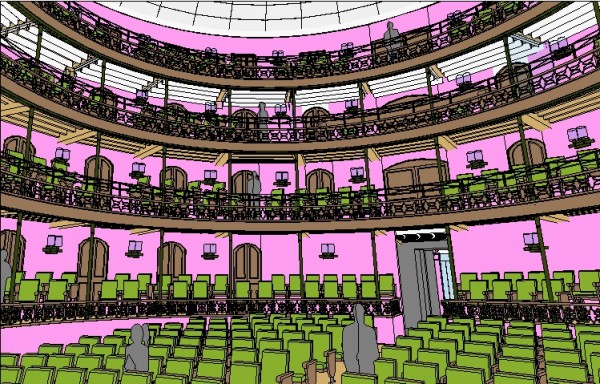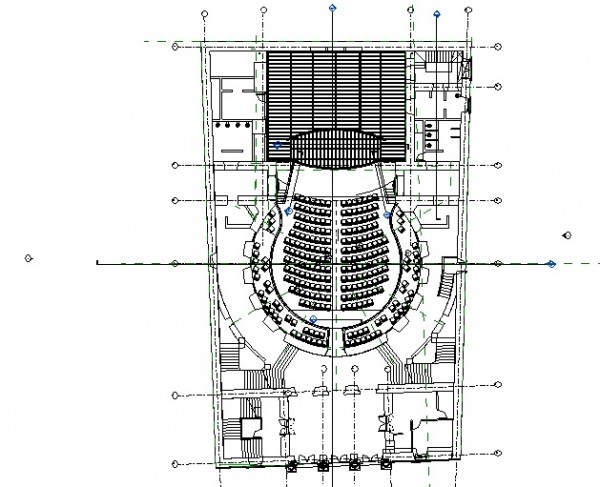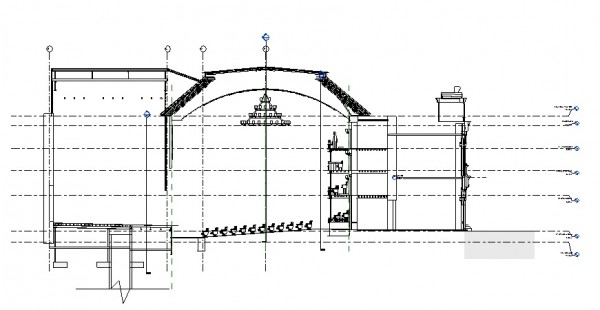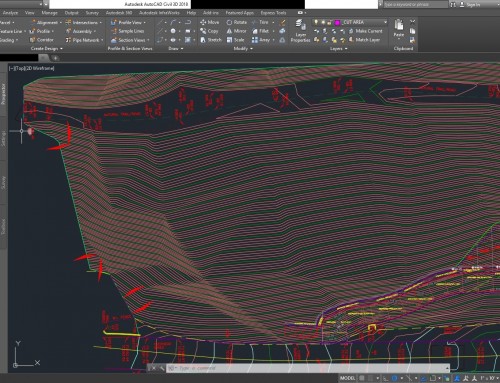Why BIM?
 The global Architectural, Engineering, and Construction (AEC) industry is one of the most unpredictable sectors, with uncountable variables and situations that can negatively affect any project at any time. Stakes are high as the cost of production is very expensive, resulting in the AEC industry requiring more advanced tools (BIM) to enable projects to be completed at lower costs and with a degree of detail not currently available through traditional modeling.
The global Architectural, Engineering, and Construction (AEC) industry is one of the most unpredictable sectors, with uncountable variables and situations that can negatively affect any project at any time. Stakes are high as the cost of production is very expensive, resulting in the AEC industry requiring more advanced tools (BIM) to enable projects to be completed at lower costs and with a degree of detail not currently available through traditional modeling.
If we make a comparison with other industries, AEC has one important variable that drastically affects the outcome of success or failure, and that is the human factor. We can understand Architecture as the art of designing, planning, and constructing buildings; the related engineering disciplines are responsible for helping make that art possible. Nevertheless, stakeholders sometimes misunderstand that art. The architect has an idea in mind, but maybe the structural or MEP engineer has another picture of the proposal. That’s when conflicts in design arise.
It is very common to run into these errors while in the design process, but others may not come up until the later stages of the building process and that is a catalyst for unexpected costs and overall agony for all stakeholders in a project.
The Birth of CAD

CAD or Computer Aided Drafting first appeared over 30 years ago as a tool for design professionals of any discipline, used to aid in the drafting of drawings in a more precise and scaled manner. Software, such as AutoCAD, allowed drafter to draw in 1 to 1 scale environment where 1ft in CAD is equal to 1ft in real-life. This technological advancement helped design professionals become more proficient in their work as it resulted in the ability to draw in a controlled environment rather than to draw on paper.
This only solved part of the process as it eliminated errors on paper and reduced time, but did not present a solution to the construction process. The outcome of a project still depended on the abilities of the project team as well as their willingness to collaborate. Even the most collaborative and experienced teams would still run in to unexpected difficulties.
BIM – The introduction of a new process

BIM or Building Information Modeling is a process in which a digital model illustrates the physical and functional characteristics of a building in all stages of its lifecycle. The earliest conception of BIM dates back to the birth of CAD, where some believed the ability to extract multiple views of a digital model, was an early concept of “Bidirectional Associativity”.
Today BIM goes beyond software, as we consider it a process, one that utilizes technology and collaboration for a successful project outcome. Even though software plays a big role in the early stages of a building project, it is not the essence of the process. Project teams now have the ability to work in a virtual world, replicating the traditional face-to-face relationship, from miles away. Technology allows true collaboration by eliminating the “distance challenge” and teams can have experts from all over the world working together.
Aside from collaboration, a strong knowledge of the construction process is mandatory in BIM. The process demands that the modeler know what building systems shall be implemented and how they are put together, as diagrammatical drawings are no longer used to illustrate an approximation of the building. Today, a more realistic approach is taken into consideration, and depending on the Level of Detail (LOD) required, the project is modeled exactly the way the building is constructed. From this digital construction, “views” are extracted and used as Construction Documents (CD) such as plan views, sectional views, elevations, and even quantity takeoffs.
How it all comes together
The reality today is that there is no correct way to do BIM. Each firm and user has his or her own conception of how to do BIM. Some countries, states, and associations have developed their own standards on BIM and to some extent illustrated a “route” on how to put together a successful project. However, the reality is that this concept is far from resolved. The fact of the matter is that for the time being, and until compatibility issues are fixed, each project will set its own standards on the process.
At BimXperts International, we have designed our own standards and have a clear concept of who is responsible for what and when. We have successfully designed a route that has worked on numerous projects and have polished it over the years with lessons learned. Depending on your project needs we have the solution that is right for you.

Leave A Comment